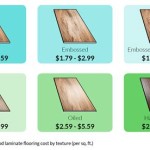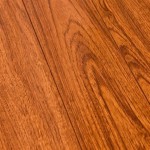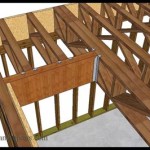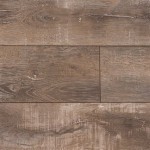Laying Laminate Flooring on Timber Floors: A Comprehensive Guide
Laminate flooring has emerged as a popular choice due to its durability, affordability, and versatility. Installing it on existing timber floors can enhance your home's aesthetics while providing numerous benefits. This comprehensive guide will walk you through the essential aspects of laying laminate flooring on timber floors.
1. Preparing the Subfloor
Thoroughly cleaning the timber floor is crucial. Remove any dirt, debris, or adhesives to ensure a smooth installation. Ensure the floor is level by using a spirit level and correct any irregularities with a sanding machine or filler. Cover any protruding nails or screws.
2. Laying the Underlayment
An underlayment is a thin layer placed between the timber floor and laminate flooring. It provides soundproofing, reduces moisture transmission, and compensates for minor subfloor imperfections. Choose a high-quality underlayment suitable for timber floors and install it according to the manufacturer's instructions.
3. Installing the Laminate Flooring
Begin laying the laminate planks from one corner of the room and work your way out. Use a spacer or a tapping block to ensure the planks are tightly joined. Tap the edges of the planks together with a hammer or mallet, avoiding excessive force that could damage the flooring.
For the first row, cut the planks to fit against the wall. Use a circular saw or a jigsaw to make precise cuts. Insert spacers between the wall and the planks to allow for expansion.
4. Joining the Planks
Laminate planks typically feature a locking mechanism that allows for easy joining. Align the tongue of one plank into the groove of the adjacent plank and gently press down. Continue the process until all the planks in a row are joined. Repeat the process for subsequent rows.
5. Cutting Around Obstacles
When encountering obstacles such as door frames, pipes, or corners, measure the precise cut required and use a circular saw or a jigsaw to make clean cuts. Ensure the cuts are accurate to avoid unsightly gaps or uneven transitions.
6. Transition Moldings
Transition moldings are used to connect laminate flooring to other types of flooring. They provide a smooth and professional-looking transition between different materials. Choose transition moldings that match the color and style of your laminate flooring and secure them with appropriate adhesive or nails.
Tips for Success
* Allow the laminate flooring to acclimate to the room's temperature for at least 48 hours before installation. * Use a sharp blade to cut the planks and ensure straight and precise edges. * Tap the planks together firmly but avoid excessive force. * Leave a small gap around the perimeter of the room for expansion. * Clean the laminate flooring regularly using a damp mop and avoid abrasive cleaning agents.
How To Install Laminate Flooring For Beginners

Determining The Direction To Lay Install Hardwood Laminate Or Luxury Vinyl Plank Flooring

Hybrid Timber Laminate Flooring Installation Comprehensive Guide

How To Lay Engineered Timber Floor Guide Fantastic Handyman Au

How To Install Hardwood Flooring For Beginners
Waterproof Laminate Flooring Installation

How To Install A Hardwood Floor Build This Weekend

How To Lay A Floating Floor This Old House

How To Lay Laminate Flooring 13 Steps With S Wikihow

Floating Floor Vs Nail Down Slaughterbeck Floors Inc
Related Posts








